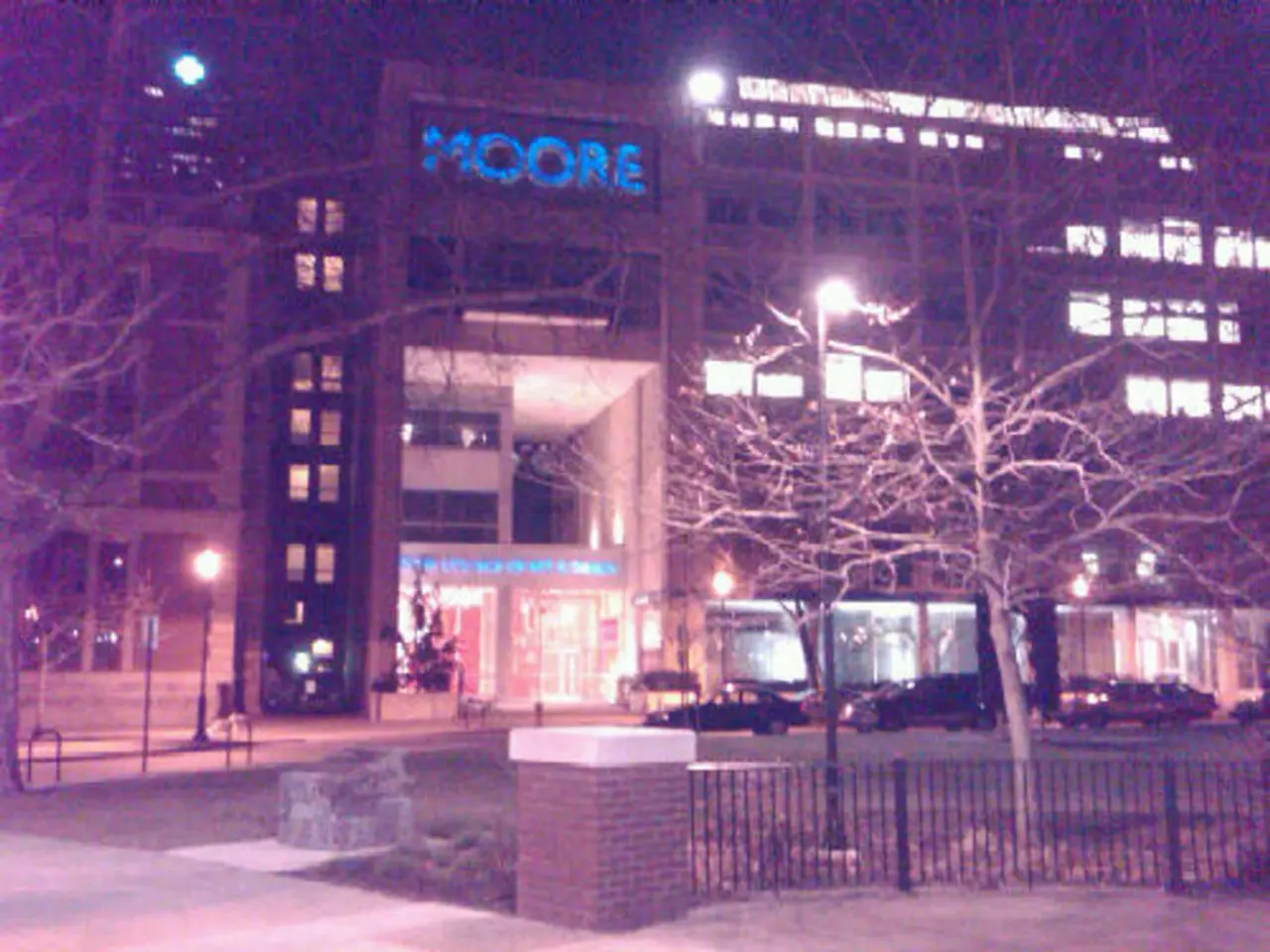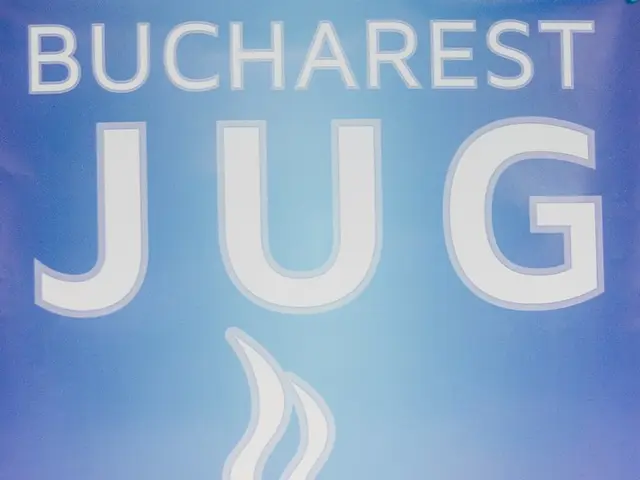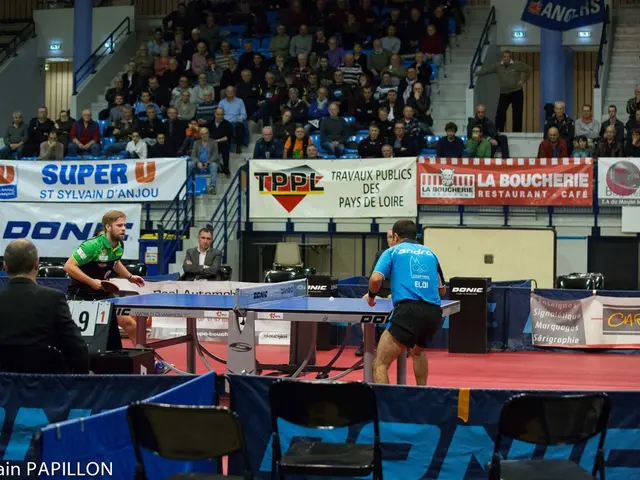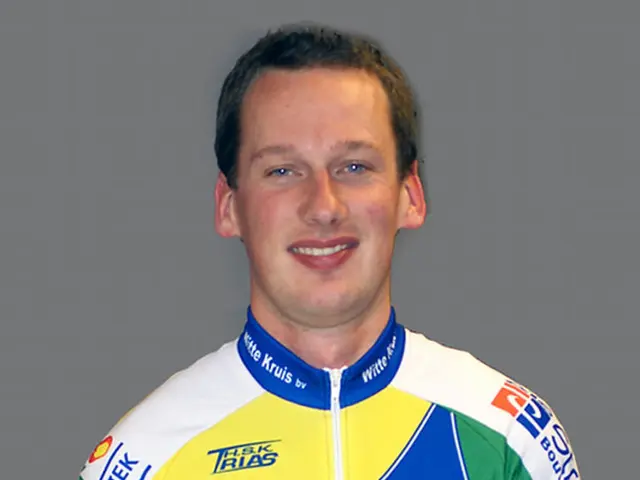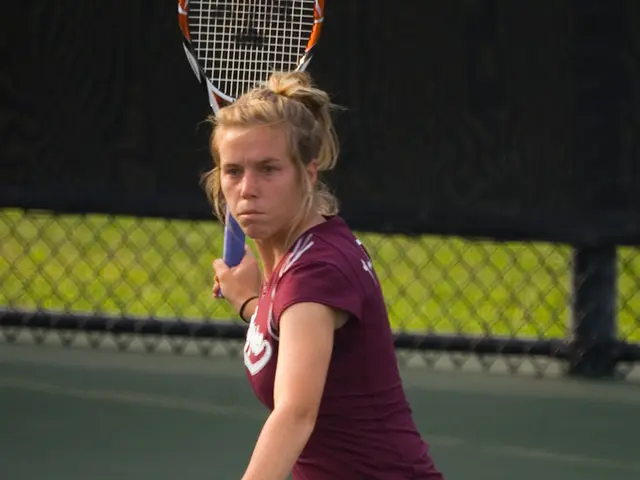Elderly Care Technology: Predicting and Detecting Falls and Illnesses in Seniors by SilaTech
In a bid to address the growing issue of effective healthcare and health monitoring for the elderly in ageing societies worldwide, SilaTech is planning a rapid expansion to serve the estimated 84 million elderly people living alone in the Western world.
Founded by University of Southampton Researcher Alexandar Todorov, Georgi Pachov, and Plamen Dimitrov, SilaTech has developed a device that passively and constantly monitors an elderly person's movement and health without the use of wearables, cameras, or surveillance.
The device, not bigger than a smoke detector, uses novel radar-based technology to detect falls and changes in vital signs such as heart rate. It instantly issues alerts, both in-room and to designated contacts, providing a timely response to potential emergencies.
SilaTech's system is designed with the elderly in mind, prioritising ease of use, reliability, and privacy, addressing common limitations in existing eldercare solutions. The technology is seamlessly integrated into familiar items, enabling continuous, real-time monitoring without disrupting daily routines.
The device also leverages AI-driven analytics to detect early warning signs of health deterioration. In addition to detecting falls and changes in vital signs, it can predict a range of health issues, issuing alerts before conditions worsen.
SilaTech's founders were inspired to solve this problem due to their personal experiences and feedback from care home staff. They aim to target the initial customer market of the 17,000 care homes in the UK, where falls and illness while unsupervised cost over $1 billion a year across 15,000 care homes in the US alone.
As SilaTech looks to further develop and bring its technology to market, it is seeking DeepTech investors with experience in bringing technology to market in a business-to-business environment. This innovative, non-invasive health monitoring system offers a promising solution to the significant and rapidly growing problem of effective healthcare for the elderly.
- SilaTech's technology is rooted in research conducted by Alexandar Todorov, a University of Southampton Researcher.
- The device developed by SilaTech is free from wearables, cameras, or surveillance.
- Despite its small size, similar to a smoke detector, the device is equipped with advanced technology.
- The novel radar-based technology used by SilaTech can detect falls and changes in vital signs such as heart rate.
- The device instantly issues alerts, both in-room and to designated contacts, for a timely response to potential emergencies.
- The design of SilaTech's system prioritizes ease of use, reliability, and privacy, addressing common limitations in existing eldercare solutions.
- The integration of AI-driven analytics in the device allows for the prediction of early warning signs of health deterioration.
- Apart from detecting falls and changes in vital signs, the device can predict a variety of health issues.
- The inspiration for SilaTech's solution comes from the founders' personal experiences and feedback from care home staff.
- SilaTech aims to initially target the UK's 17,000 care homes, where falls and illness while unsupervised cost over $1 billion annually.
- In the US alone, falls and illness in care homes cost over $1 billion each year.
- SilaTech is seeking DeepTech investors with experience in bringing technology to market in a business-to-business environment.
- This non-invasive health monitoring system offers a promising solution to the significant and rapidly growing problem of effective healthcare for the elderly.
- Health and wellness, a broad topic that includes chronic diseases, mental health, and fitness and exercise, can be improved with such technology.
- Autoimmune disorders, skin conditions, and neurological disorders are among the many medical conditions that this technology could potentially assist in managing.
- CBD, a popular wellness product, may have therapeutic applications in conjunction with the technology.
- Respiratory conditions, digestive health, eye health, and hearing are other areas where technology can play a role in health and wellness.
- Aging, a critical factor in many medical conditions, is a significant focus in the field of science and technology.
- Women's health, including reproductive health and menopause, is another important aspect of healthcare that can benefit from technological advancements.
- Men's health, including prostate health and mental health, is equally crucial and can be addressed through various therapies and treatments.
- Skin care, a subset of personal care and cosmetics, can benefit from technology and scientific research for improved product development.
- In the realm of healthcare, data and cloud computing are essential for storing, analyzing, and managing large amounts of medical data.
- Artificial Intelligence, a key driver in technological advancements, can be applied to various aspects of healthcare, including diagnostics and treatment.
- Relationships, an essential component of human life, can be improved through technology, such as communication tools and online dating apps.
- Pets, an integral part of many households, can benefit from technology in areas like pet health and wellness, training, and entertainment.
- Travel, a vital aspect of modern life, can be enhanced by technology through flight booking apps, navigation systems, and travel-related media.
- Cars, a significant part of our lifestyle, are evolving with technology, from electric vehicles to autonomous driving systems.
